If you’re a long-distance runner, you’ve probably heard the phrase running economy tossed around a time or two. But what does it actually mean, and why does it matter for performance?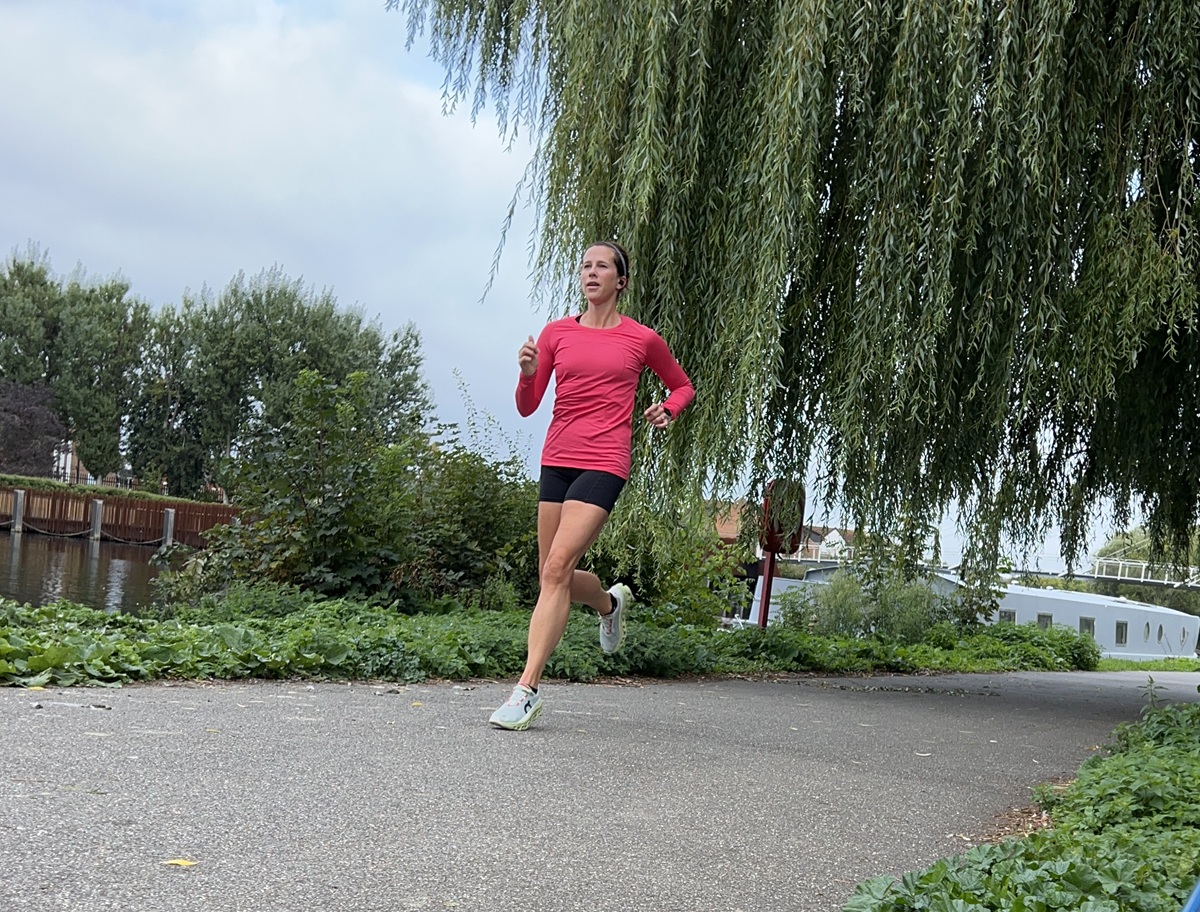 While our team has plenty of coaching and running experience, we wanted to bring in a true expert for this topic. On a recent episode of the Tread Lightly Running Podcast, we chatted with Dr. Shalaya Kipp, an exercise scientist, about running economy and what it really means for performance.
While our team has plenty of coaching and running experience, we wanted to bring in a true expert for this topic. On a recent episode of the Tread Lightly Running Podcast, we chatted with Dr. Shalaya Kipp, an exercise scientist, about running economy and what it really means for performance.
Along with her research, Dr. Kipp has been a competitive runner for years; she’s an NCAA champion and a nine-time All-American in track and field. So when it comes to running economy and performance, this is a topic that’s genuinely close to her heart.
We’ve broken down some of our conversation below, but make sure to check out the full episode for the complete deep dive.
What is Running Economy?
Running economy is one of the three pillars of endurance performance.
You can easily see the other two, VO2 Max and lactate threshold, right on your watch. But running economy is a little different.
You can’t track it in a simple data field; it’s often something you feel more than you measure (well, unless you go to a research lab).
Running economy helps you hang onto a harder effort at the end of a run, but it also shows up throughout a training cycle.
Think about when you pick a goal pace. Those first few workouts can feel downright impossible, your HR spikes, your breathing feels out of control, and you’re wondering why you ever thought this pace was realistic.
But give it a few weeks, and suddenly that same pace feels more manageable. Your HR settles, and you’re able to stay in control.
That shift is from training, yes, but it’s also your running economy improving.
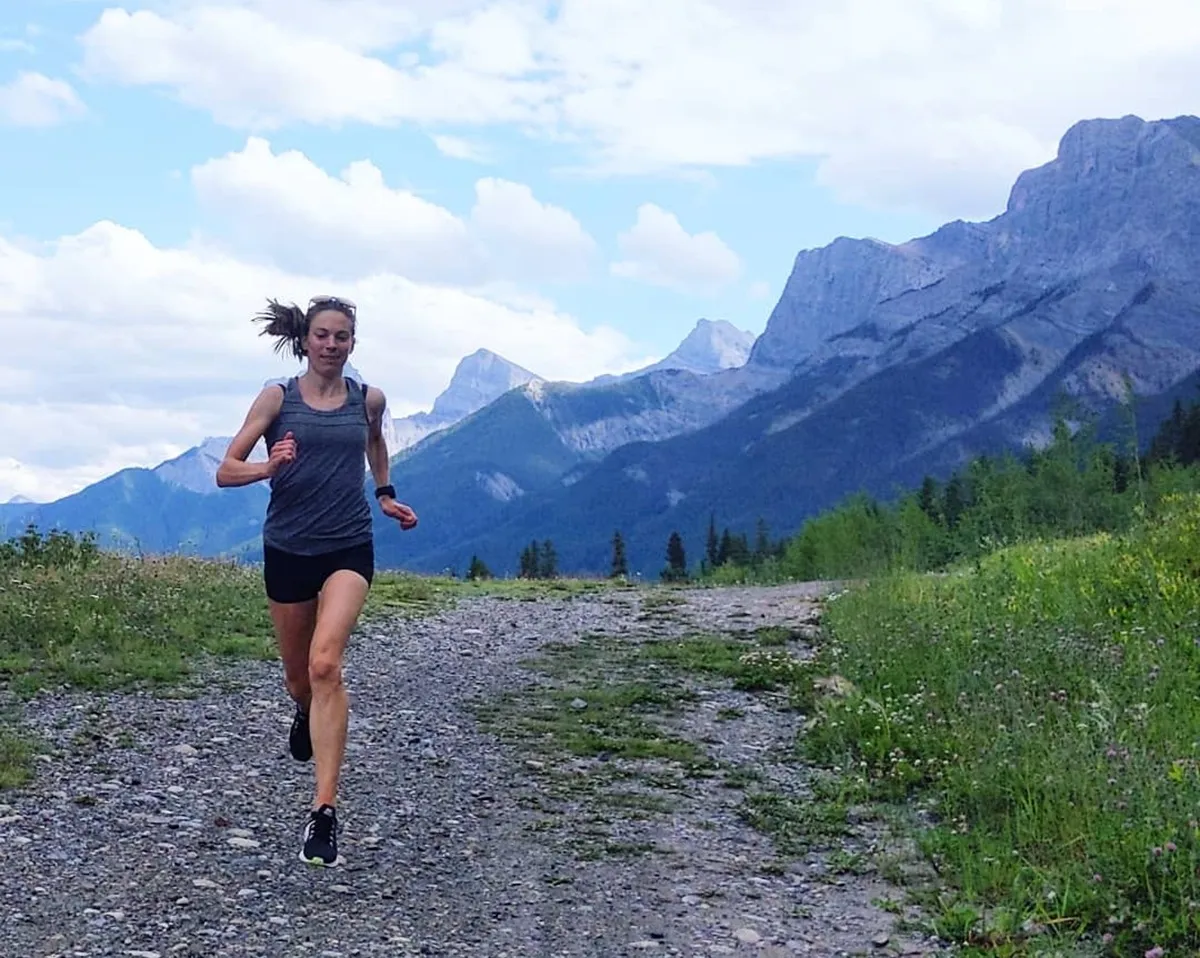
The podcast analogy nailed it, running economy is like your gas mileage. Are you getting good miles to the gallon? This translates to how much energy your body is using to maintain a certain pace or effort.
The better your economy, the less energy you burn to keep moving, and the more you have left when it matters most, like at the end of a race.
How Can You Measure Your Running Economy?
You can measure your running economy by heading to a lab and working with someone like Dr. Kipp.
Here’s what the test will look like:
You’ll put on a mask that’s connected to a machine measuring the air you breathe in and out. A small nose clip makes sure all your breathing goes through the mask so the readings are accurate.
Then, you run on a treadmill. The team will set the pace and have you run for a few minutes at a time, usually between 3-8 minutes, followed by a short rest so your heart can come back down.
While you run, the machine measures how much oxygen you use and how much carbon dioxide you produce. That tells the team exactly how much energy your body needs to run each pace.
By the end, you get a clear picture of how much effort it takes you to run at different paces. For long-distance runners, that information can be super helpful for training smart and pacing better. 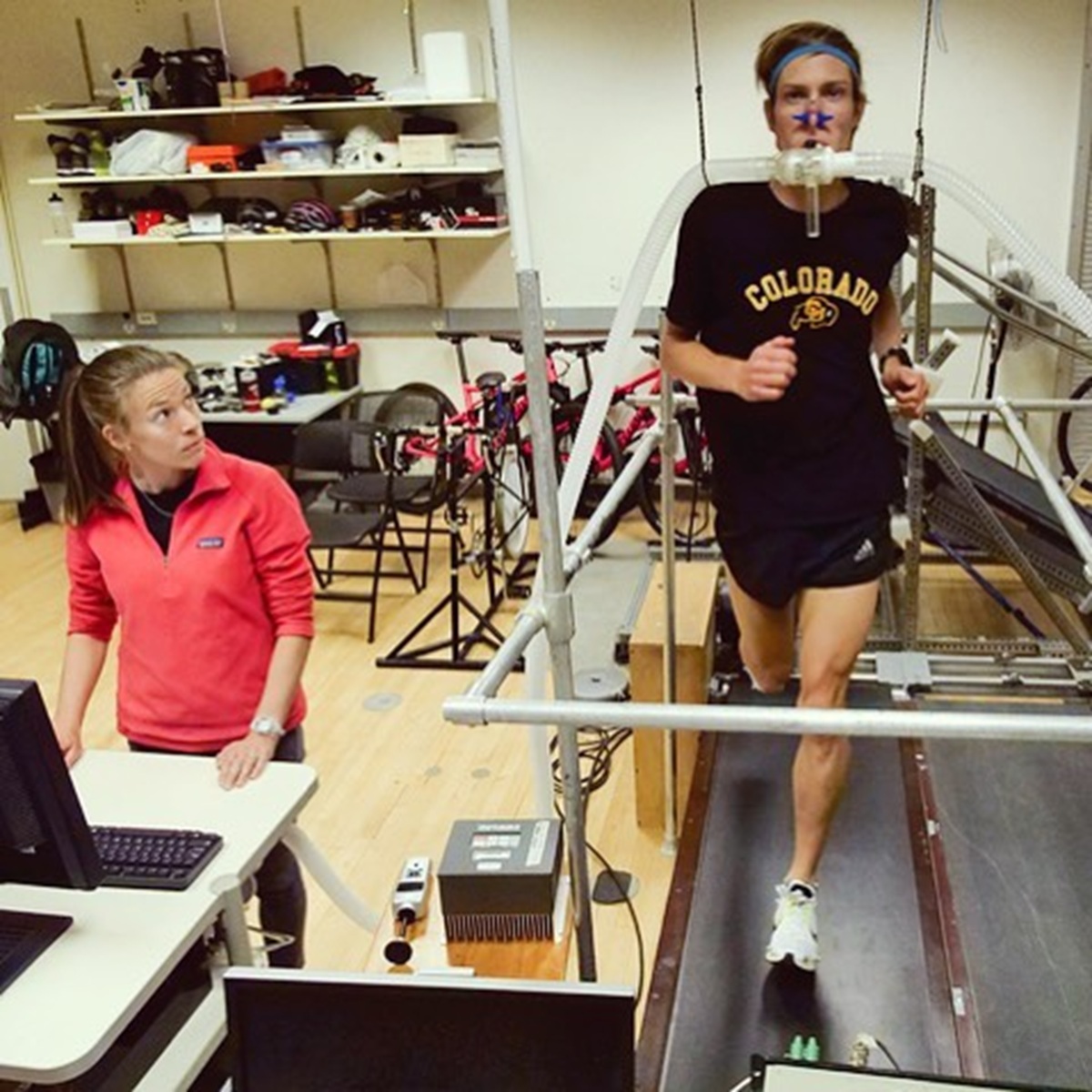 If you don’t have access to a research lab, don’t worry, there are ways to measure it at home.
If you don’t have access to a research lab, don’t worry, there are ways to measure it at home.
The thing to remember is consistency. You’ll want to run the same pace, on the same route, and try to mimic the same conditions as much as possible so you’re actually comparing run to run.
There are two ways you can track changes in your running economy and performance:
- Heart Rate at a fixed pace: Run your usual route at a steady pace and pay attention to your HR. Over time, you should see it drift lower for the same effort. That drop is your body doing its job and using less energy to run at the same pace.
- Rate of Perceived Exertion (RPE): Another easy check is simply noticing how the run feels. If you repeat a workout every few weeks and that pace starts feeling easier, it’s a solid sign that your running economy is heading in the right direction.
We love the example of running hills. The first few times you run an uphill, your HR probably shoots up almost immediately.
But after a few weeks and months of training, something starts to shift. You find yourself going a little farther up that same hill before your HR creeps into the higher zones.
That’s running economy in action, your body learning to do the same work with less energy!
What Can Impact Your Running Economy?
👉Supershoes
Super shoes, or carbon plate running shoes seem to be every where now. But are they actually helping or hurting your running economy?
Well, in her research, Dr. Kipp, with her colleagues, looked at how a running shoe can actually make a measurable difference in the amount of energy used while running.
When Nike and other shoe brands first came out with these flashy carbon-plated, puffed up foam shoes, they weren’t just for a style factor.
These design changes were giving an almost 4% improvement in running economy. That’s pretty huge, and they even saw improvements in longer distances like the 10k all the way to the marathon.
Of course, your shoes are only a small piece of the puzzle on race day. It’s going to come down to the work you put in during training, did you give yourself time to rest during the taper and ultimately the condiditons on race day.
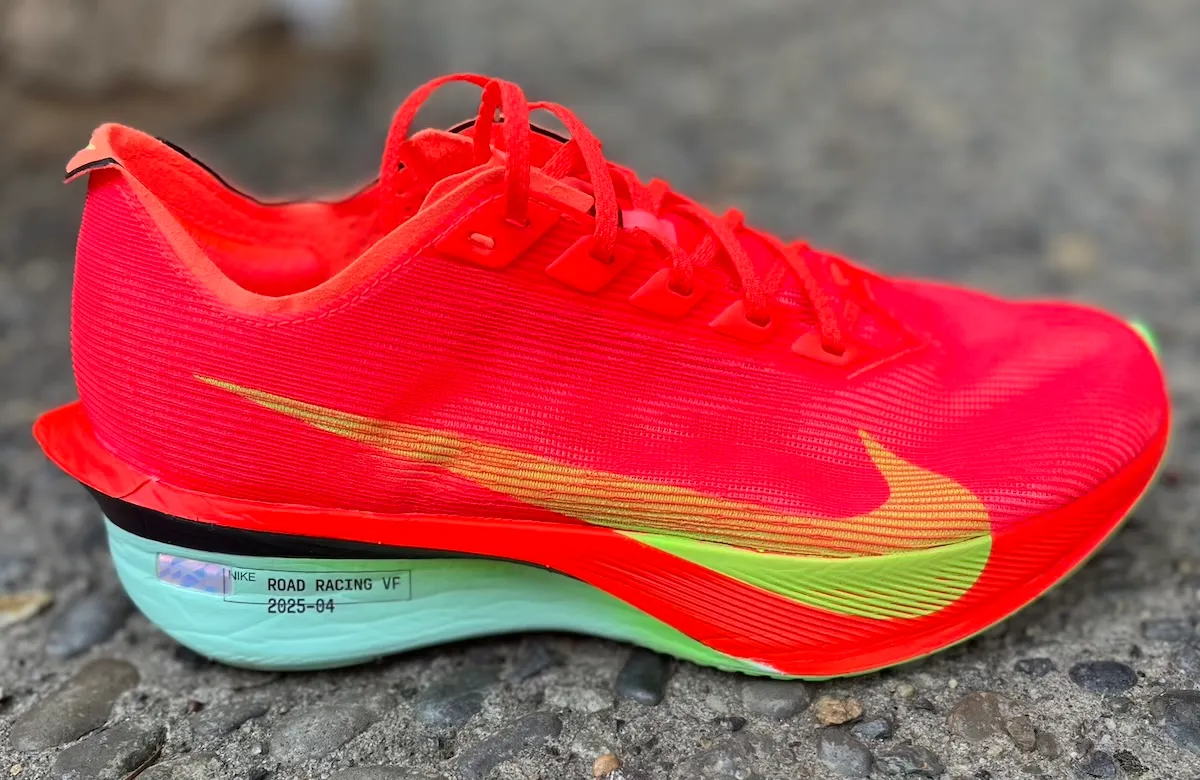
👉Sports Bra
How many of us are guilty of guessing our sports bra size and thinking “eh, this seems fine” only to never actually test what it feels like when we’re running? The problem is, when you’re trying it on, you’re standing still.
But when you’re out on the run, you’re breathing hard, your rib cage is expanding, and that band is suddenly doing a whole lot more than it was in the dressing room.
In her research, Dr. Kipp partnered with Lululemon to look at exactly how a sports bra can impact running economy, and the results were pretty interesting. Reading it made me think of how many runs I’ve done with a sports bra that’s felt too tight (yikes!).
When the sports bra is too tight, your rib cage can’t expand as easily with each breath. That means your breathing muscles have to work overtime just to get air in.
More muscle effort means more energy used, which means your running economy takes a hit.
And it’s not just sports bras. Those high-waisted tights so many of us love? Same idea. The tighter the gear, the harder your breathing muscles have to work to expand against it.

Instead of just standing still when trying on a sports bra, move around. Take big breaths. Hop in place. Do anything that mimics how your body actually moves when running or working out.
Pay attention to how easily you can breathe and how your rib cage feels against the band. Adjust your sizing and see how much easier your run feels!
👉Carbs
Ah, fueling and carbs, one of our favorite topics that we’ll never stop talking about.
Carbs aren’t just fuel; they actually can help your running economy, too. Dr. Kipp explained it perfectly on the podcast: “carbs help you get more bang for your buck.”
Your body will take those carbs and turn them into energy, so that it works with you and not against you.

This is why fueling before and during your run helps the miles to feel smoother, stronger, and more sustainable. You’re getting more out of the oxygen you’re breathing.
And let’s squash this myth right now, cutting carbs is not going to make you a more efficient runner. There’s research to prove it. Your body won’t magically save energy and pull from it when you want to run faster or longer.
Running under-fueled has you working overtime and makes every workout or run feel way harder than it has to.
Each the carbs. Fuel your runs. Your body will perform better when it has what it needs.
How You Can Improve Running Economy
Everyone’s workout that they love to hate, plyometrics.
Studies have shown that in just six weeks, you can improve your running economy with plyometric exercises.
This makes a lot of sense, since most of your runs are focused on slow twitch fibers. This high intensity work fires up the fast-twitch muscles, leading to more speed and builds some muscle!
Here’s 3 plyometric exercises you can add to your current training routine:
1. Jumping Rope
An old school method that gets left in the dust, but works!
You can start out with an imaginary rope, but feel free to grab one when you’re feeling more comfortable.
- With both feet on the ground and slight bend in the knees
- Push off the ground with both feet at the same time
- Thinking about your feet and ankles acting as springs
- You’ll leave the ground and upon coming back down land with a slight bend still in the knees
- Repeat for 20 reps
Over time you’ll have more force and may jump higher, you’ll also increase the number of reps.
2. High Knees
Simple to the eye, high knees are an excellent movement to activate your core and lower body. Rather than reps, high knees are performed in duration.
- Stand shoulder-width apart with your arms at your sides.
- Bring your right knee to your chest, slightly above waist level. At the same time, move your left arm up in a pump.
- Quickly lower your arm and leg, as though running in place.
- Repeat the movement with your left knee and your right arm.
- Alternate between both knees for your allotted time.
If you need to modify this from the more intense approach. Instead of running in place, make it more like a march. Quickly bring up one knee and then pause forcing yourself to have good balance and then quickly switch to bring the other knee up.
3. Squat Jumps
This exercise also works on your balance and overall strength. Runners will benefit from this for any quick movements while out pounding the pavement.
Here is how to do a full tuck jump:
- Stand with your feet shoulder-width apart and with your knees slightly bent.
- Squat down and bend your knees to gain momentum and jump up as high as you can while tucking your knees into your chest.
- Upon landing, swing your arms back and repeat the movement.
But start with a low impact version. Instead of actually leaving the ground, you are going to squat and swing the arms, but only raise up on your toes.
There’s so much more that we could’ve added to this article, but you’ll have to listen to the full episode to learn more about running economy and performance.
Looking for more training tips? Here’s what to read next:
- How Long Between Half Marathons
- Are Men Faster Than Women? Gender Difference in Running
- Is Sugar Bad for Runners? What You Need to Know from a Registered Dietitian
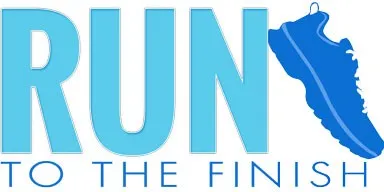


 Winter Gear: What to Wear Running at Every Temperature
Winter Gear: What to Wear Running at Every Temperature
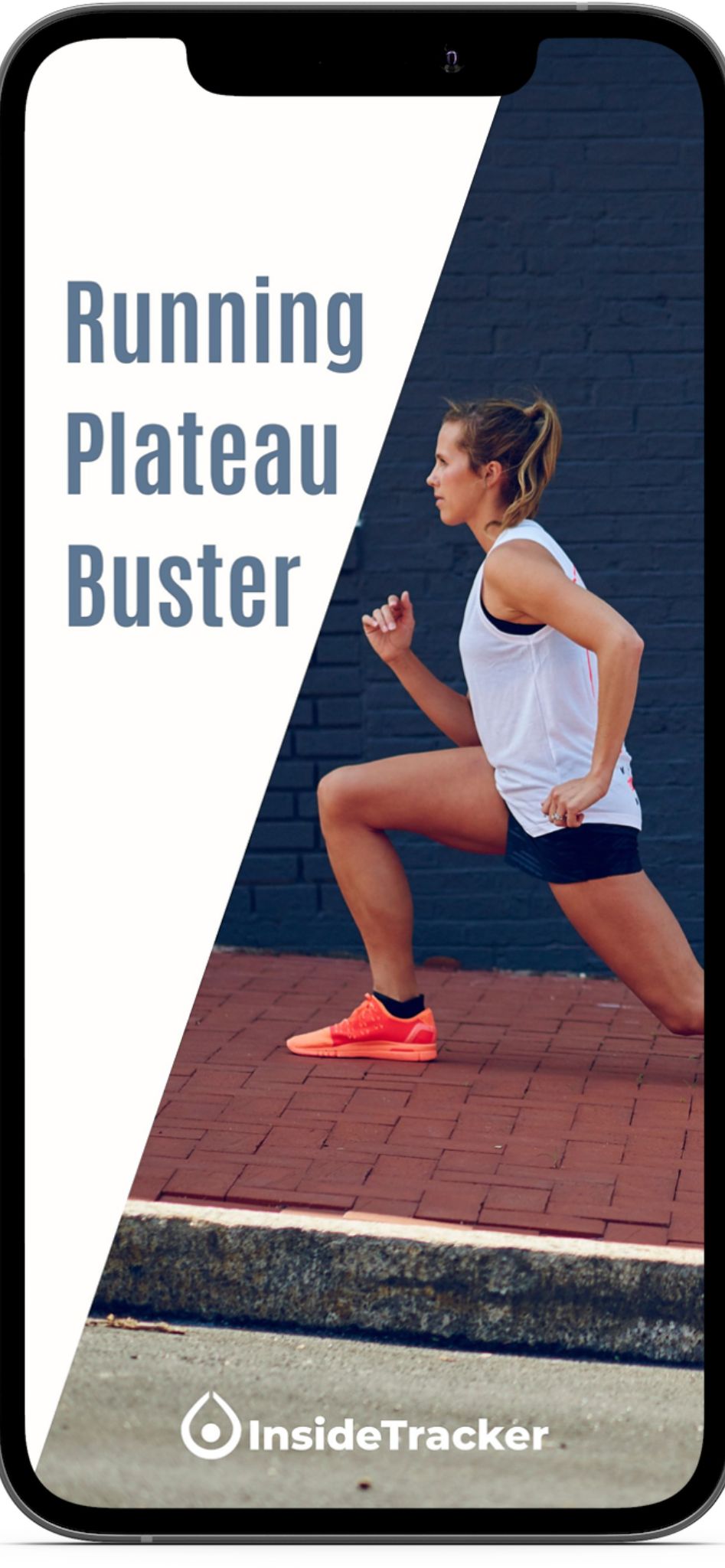
Leave a Reply